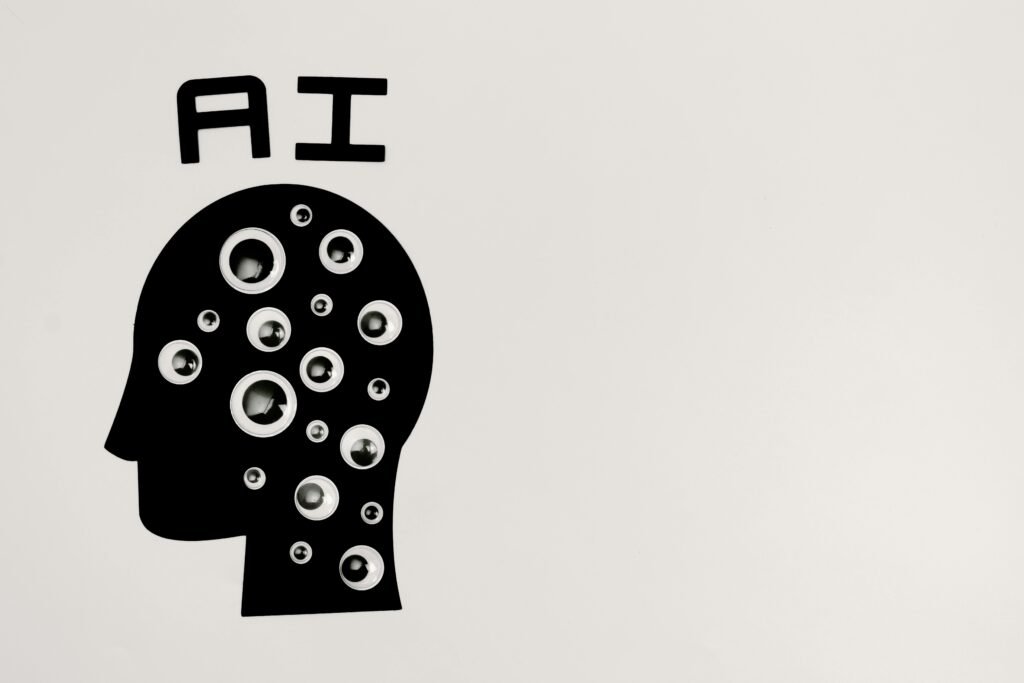
Imagine a future where I own nothing, not even my phone, laptop, or household furniture. Instead, every item or service I use is part of a subscription plan. In today’s digital era, this vision isn’t far-fetched. Companies across industries are embracing subscription models, trading one-time purchases for recurring revenue. While this approach offers benefits like affordability and accessibility, it also raises questions about my freedom and ownership. In this blog, I’ll dive into the rise of subscription models in consumer tech, exploring their impact, benefits, and drawbacks.
What Are Subscription Models?
At its core, a subscription model allows me to access products or services for a recurring fee—monthly, annually, or otherwise. Historically, subscriptions began in the 1600s with newspapers and books, offering readers continuous access to content. Fast forward to the 21st century, and companies like Netflix and Spotify have revolutionized how I consume media, swapping physical ownership for digital access. Instead of owning DVDs or CDs, I pay for unlimited streaming.
Today, subscription models are no longer limited to media. From cloud storage services like Dropbox to SaaS platforms such as Adobe Creative Cloud, and even hardware bundles, this approach is reshaping industries.
Subscription Models in Consumer Tech
In the consumer tech sector, subscription models are particularly transformative. Traditionally, I paid upfront for devices like smartphones or laptops. Now, many companies bundle these gadgets with software and services, offering them as subscription packages. Apple, for instance, provides Apple One, combining iCloud, Apple Music, and other services into a single monthly payment.
This shift isn’t just about convenience—it’s also about retaining me as a customer. Subscriptions create ongoing relationships between businesses and users, ensuring steady revenue streams while fostering brand loyalty.
Why Companies Are Adopting Subscription Models

The growing popularity of subscription models isn’t an accident. Companies have recognized several advantages of this approach:
1. Steady Revenue Streams
Subscription models offer businesses predictable and consistent income. For example, Netflix’s success in generating recurring revenue has inspired countless companies, from BMW to Microsoft. BMW’s controversial move to offer heated seats as a subscription exemplifies how even basic features can become part of this model.

2. Monetizing AI and Innovation
Tech giants like Samsung, Google, and Apple are leveraging subscriptions to monetize cutting-edge features, particularly in AI. Starting in 2026, Samsung plans to introduce AI subscriptions for mobile users. This approach allows companies to fund ongoing R&D, ensuring their products stay competitive.

3. Long-Term Consumer Engagement
Unlike one-time purchases, subscriptions keep me engaged over time. By delivering regular updates, content, or features, companies can foster deeper connections with users like me. This is evident in the gaming industry, where live-service games like Fortnite continually evolve to maintain player interest.

But all in all we are wondering how this would affect me as a consumer more than how it affects a company per say. So lets look at is in more detail.
The Benefits for Me as a Consumer
While companies reap significant advantages, I also benefit in several ways:

1. Access to New Features
Subscription models ensure continuous improvements. Whether it’s software updates, new content on streaming platforms, or added functionalities in AI tools, I receive value over time. For instance, Microsoft’s Game Pass offers access to a vast library of games, including new releases.
2. Cost-Effectiveness
For expensive products like laptops or smartphones, subscriptions lower the barrier to entry. Instead of paying thousands upfront, I can spread costs over time. This model also enables me to try services without committing to full purchases.
3. Flexibility and Convenience
Subscriptions often come with the ability to cancel, upgrade, or switch plans. This flexibility allows me to adapt my spending based on changing needs. Platforms like Netflix and Spotify exemplify this convenience, offering diverse pricing tiers.
Now that’s covered let’s look at some drawbacks too.
The Drawbacks for Me as a Consumer

Despite the benefits, subscription models have notable downsides:
1. Quantity Over Quality
In the race to retain subscribers, companies may prioritize volume over substance. Netflix’s focus on producing an overwhelming amount of content, often at the expense of quality, which is a prime example. Similarly, in consumer tech, some companies bundle unnecessary features to justify higher prices.
2. Subscription Overload
Managing multiple subscriptions can become overwhelming and expensive. What starts as an affordable solution can quickly add up, exceeding the cost of outright ownership. Adobe’s Creative Cloud and Apple’s iPhone Upgrade Program illustrate how recurring fees can strain my budget.
3. Lack of Ownership
Subscription models challenge traditional notions of ownership. Instead of owning a product outright, I’m essentially renting it. This shift raises concerns about dependency and long-term affordability, particularly as more industries adopt the model.
My Perspective: Subscription Success Stories

1. Netflix
As a pioneer in subscription-based media, Netflix transformed the entertainment industry. By replacing DVD rentals with streaming, they eliminated barriers to access and redefined how I consume content. Today, Netflix’s model has been emulated by competitors like Disney+ and Amazon Prime Video.
2. Microsoft Game Pass
Microsoft’s Game Pass offers gamers like me access to a vast library of titles for a monthly fee. This approach has disrupted the traditional gaming industry, where I previously purchased individual games outright. By making gaming more accessible, Microsoft has expanded its user base while fostering loyalty.
3. Tesla and BMW
Tesla’s subscription-based Autopilot features and BMW’s heated seat subscriptions highlight how even automotive companies are adopting this model. While these innovations offer flexibility, they’ve also sparked debates about fairness and consumer value.
The Future of Subscription Models

As subscription models continue to evolve, their impact will extend beyond consumer tech. Emerging trends include:
1. Subscription Ecosystems
Companies are building interconnected ecosystems, where subscriptions seamlessly integrate across products. Apple’s ecosystem, combining hardware and software, exemplifies this strategy.
2. Regional Adaptation
Subscription models will likely adapt to regional markets, offering tailored pricing and features. For instance, emerging markets may see lower-cost tiers to attract budget-conscious consumers.
3. Ethical Considerations
The future of subscriptions will hinge on ethical practices. Companies must balance profitability with consumer value, avoiding exploitative tactics like locking basic features behind paywalls.
Subscription models are redefining consumer tech, offering me unparalleled convenience and flexibility. However, they also pose challenges, from subscription fatigue to diminished ownership. As this trend continues, businesses must prioritize transparency and value, ensuring I feel empowered rather than exploited. Whether I embrace or resist this shift, one thing is certain: subscriptions are shaping the future of how I access technology.